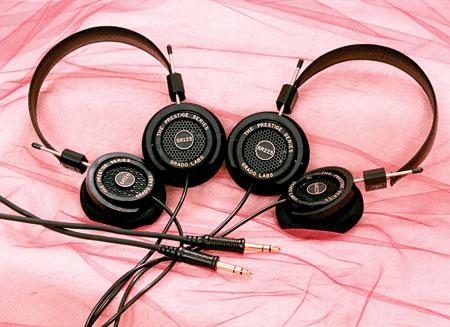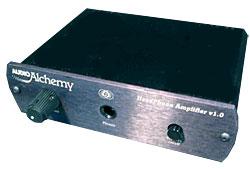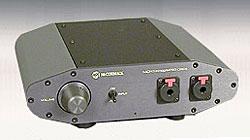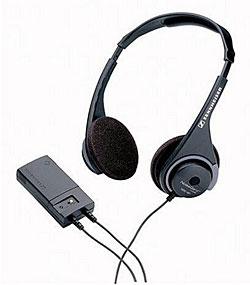| Columns Retired Columns & Blogs |
LATEST ADDITIONS
|
Dec 03, 2006 |
41 comments
There's been a lot of speculation that the music business as we know it cannot survive the download era, now that artists can sell their music direct to fans. Do you think the major labels will survive the transition from discs to downloads?
Do you think the major labels will survive the transition from discs to downloads?
They'll die a quick death
21% (21 votes)
They'll die a slow death
39% (38 votes)
They'll stay about the same
26% (25 votes)
They'll actually grow
8% (8 votes)
They'll reach new heights
6% (6 votes)
Total votes: 98













